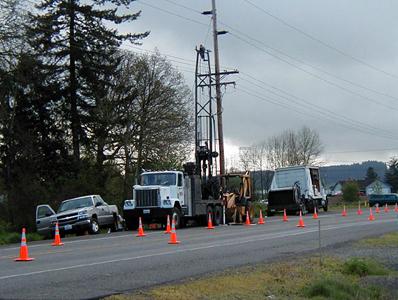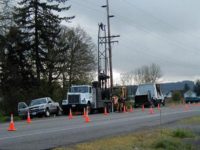The RI characterized the extent of tetrachloroethene and associated degradation products in soil, groundwater, surface water, and creek sediments. In addition to the known primary source area up-gradient of the PRP’s property, two secondary source areas were identified on the PRP’s property. Farallon used the results of the RI and subsequent field investigations, groundwater modeling, and available information regarding the primary, up-gradient source to estimate the proportion of the defined groundwater contaminant plume attributable to the secondary source areas on the PRP’s property. This estimate was used to support Superfund cleanup cost allocation negotiations with EPA.
“Farallon’s detailed analysis of site characterization data was critical for deriving an equitable allocation of cleanup costs,” noted Farallon's Senior Geologist. “When interpreting large data sets generated during multiple investigation phases, it is important to keep the overarching goal in focus. Our clients appreciate Farallon’s proven ability to stay on track and provide practical, cost-effective solutions that protect human health and the environment.”


